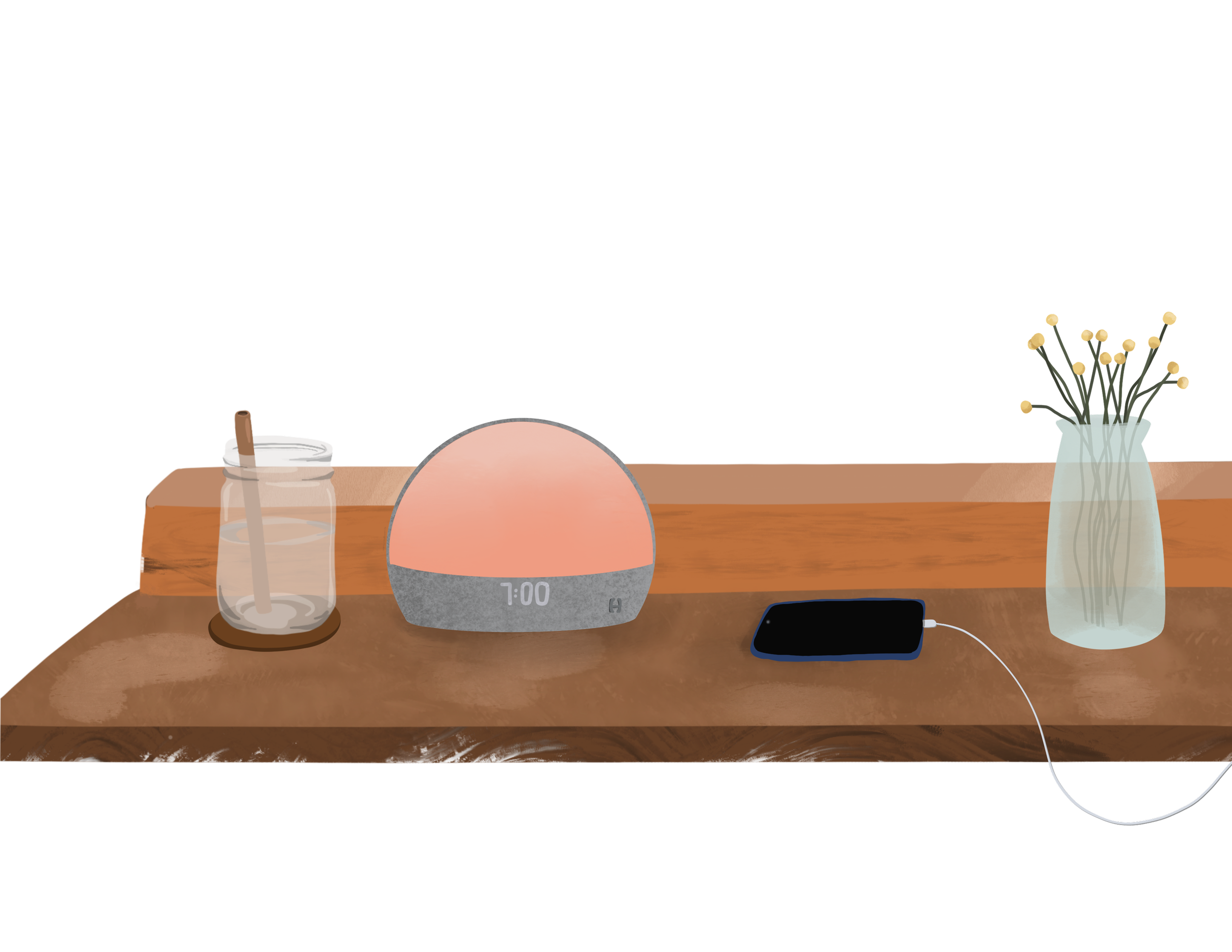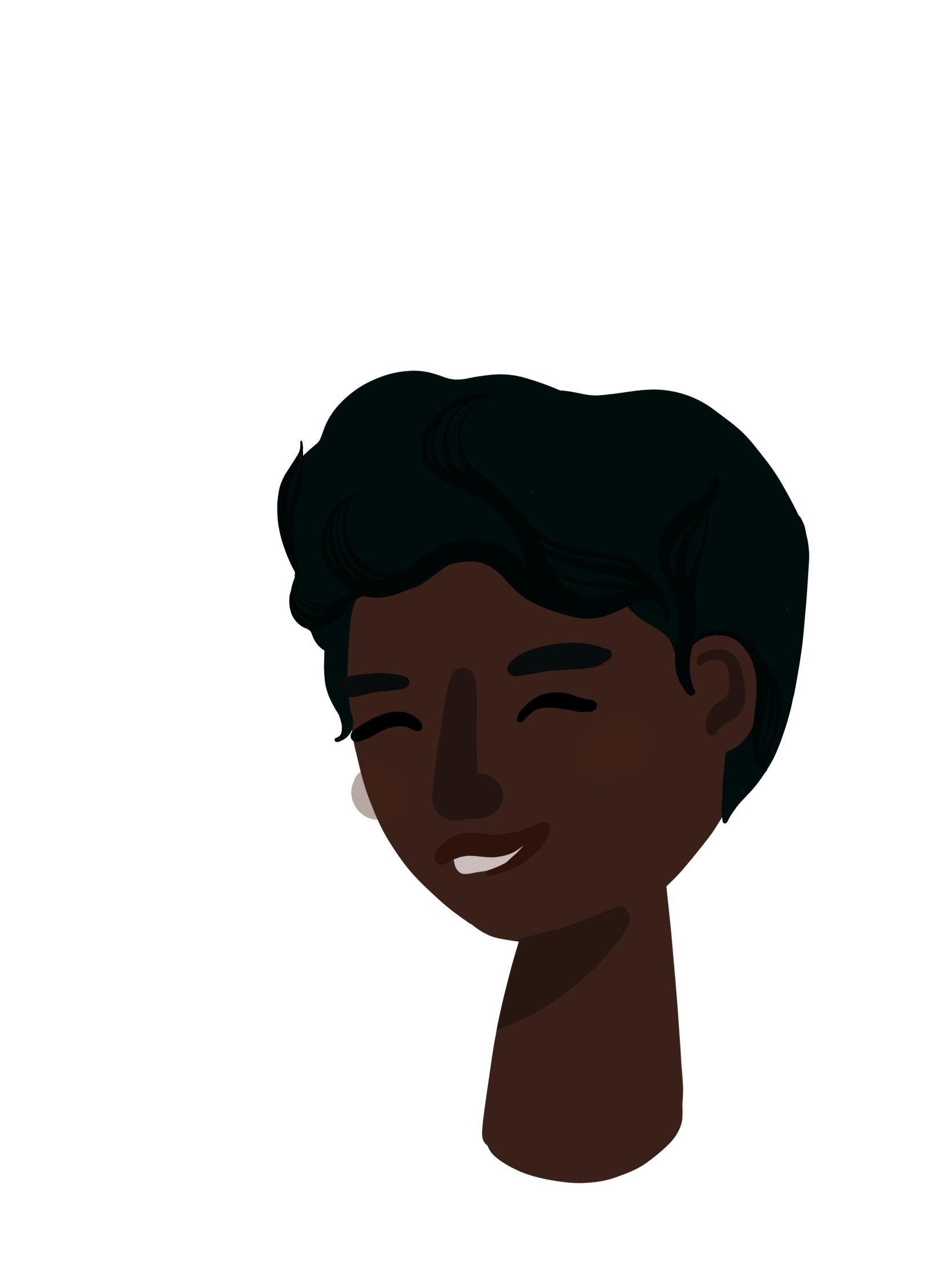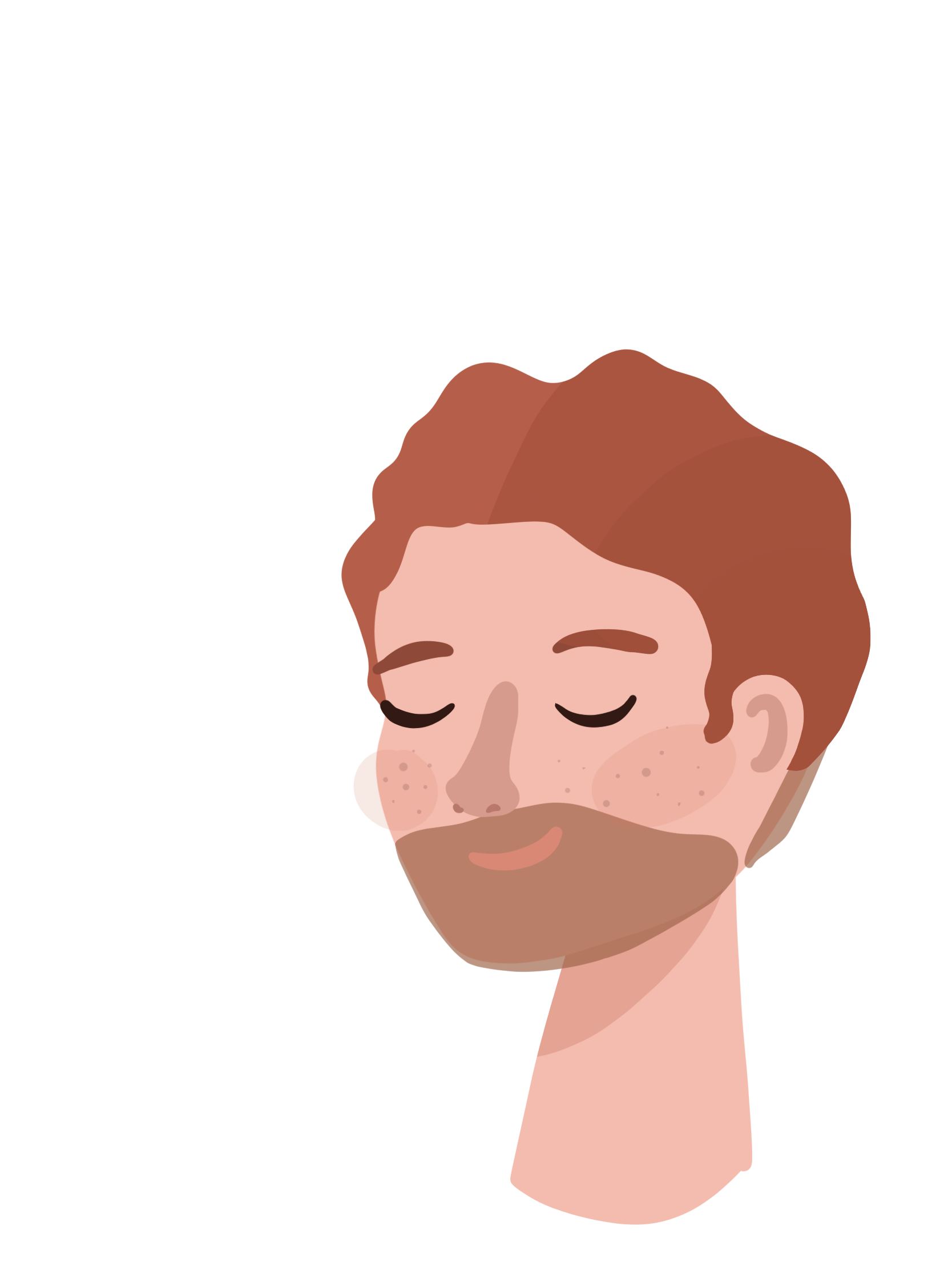Hatch
Abstract
The Purpose & the Problem - Hatch is a sleep and wellness company that originally created baby monitors with new parents as their target audience. Now, they want to pivot into sleep devices for adults and are struggling to connect with this new demographic.
We aimed to understand the motivations and goals of adult user personas, get feedback on the device usage, and gather insights to drive the product redesign.
The Team
Two UX Researchers
My Contribution
Research, Affinity Mapping, and User Mindsets
Medium
Hatch Restore
Mobile
Techniques
User Interviews
Affinity Mapping
User Mindsets
Tools
Miro
Methodology & Participants
We select users based on the company’s target demographics. The criteria included:
Income
Age
Interest in improving their sleep
Interest in overall wellness
We conducted one-hour interviews with the users where we discussed health, sleep, and wellness. After the initial interview, each participant then used both the application and the physical device for two weeks. Users answered weekly surveys about their usage. After two weeks, we conducted a final one-hour interview, discussing usage and feedback.
What we found
Adults self-reported struggling with their sleep, health, and stress.
Most folks rated their sleep as just okay. They tended to be in bed for the right amount of time, but the quality of sleep was lacking. They had a tough time qualifying what good sleep actually was, but every user wanted their sleep to improve.
Asking the right questions
Partway through the interview process, we noticed that a few of our questions were generating consistently short responses. Almost every participant with a partner reported that their partner’s sleep habits affected their own, but it wasn’t until we rephrased our question that the users started to elaborate. Adjusting our script helped generate deeper and more valuable discussions with the participants.
How does having a partner impact the way you sleep and/or use sleep aides?
How can we support both you and your partner’s sleep?
Key insights
Following both rounds of interviews, we combined our notes and the survey responses into an affinity map. We discovered common themes and insights, and distilled our research down into key discoveries that will help drive the product and application redesign. While we provided Hatch with the full results of our research, we elevated those insights that we felt were actionable and impactful.
Users recognize that sleep is important and integral to health.
Nearly every participant recognized that sleep had a huge impact on their health. They all had a demonstrated interest in self-improvement and learning.
How might we utilize their curiosity and penchant for self improvement to encourage usage?
Users are data driven and expect tracking for a “smart” device.
Ideas for tracking: hours slept and number of snoozes. They would also like to provide feedback to customize the experience (feedback loop). Those interested in tracking report that the option to track their habits would be a tempting premium offering.
How might we create a tracking feature that doesn’t compete with other tracking apps?
Hatch is associated with babies.
It could be the design, it could be the bias against the company’s history, but Hatch feels like a baby product to some people.
How might we introduce more expertise and authority in adult sleep?
Users need time to see the value of premium.
Users reported an increase in perceived value and investment in the device after one week of usage.
We recommended delaying the prompt to subscribe to premium until the user had the opportunity and the time to value the product in their lives.
User Mindsets
From our user research and affinity mapping we discovered four distinct user mindsets. These mindsets helped us understand what each distinct user type wants, feels, and how they measure success. Based on our analysis and our knowledge of the product, we recommended that Hatch focus on attracting and retaining users from the enthusiast and nurturer mindsets. These users are already more inclined to see the value in the product and are aligned with the company ethos and branding. Once Hatch has established a consistent adult user base, they may have more freedom to explore opportunities that would attract a larger variety of users and mindsets.
The nurturer
Wants to be guided but support is more important than structure
Feels nostalgic for the bedtime routine they had as a child
Measures success through feeling rather than data
The Enthusiast
Wants variety and to be entertained
Feels excited by trying the latest and greatest methods and technology
Measures success through consistent usage
The analyst
Wants a clear goal and a plan with proven success
Feels less confident in solutions that seem fluffy and unscientific
Measures success through objective data, enjoys visualizing progress over time
the freethinker
Wants to be educated but not told how to behave
Feels they intuitively understand what they need, but are less sure of how to get it
Measures success in terms of if they are able to live their ideal lifestyle
Thanks for visiting!
Please feel free to contact me to learn more about my work.









